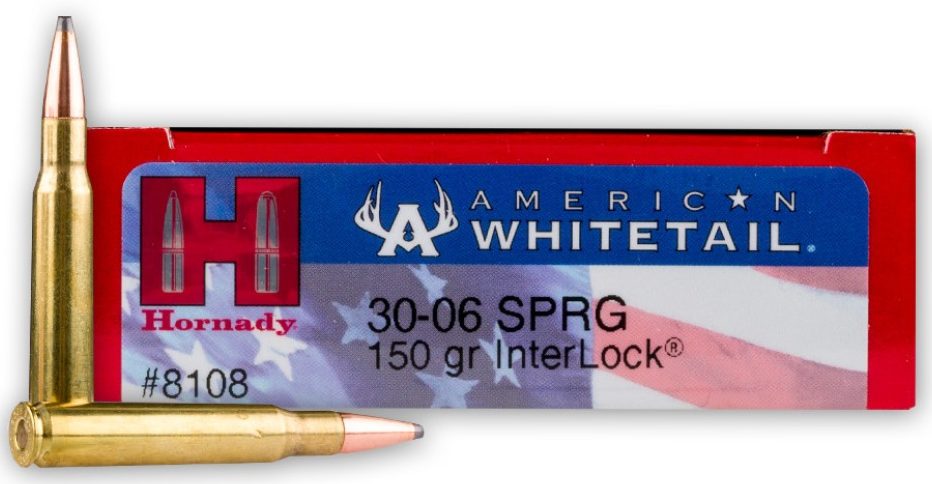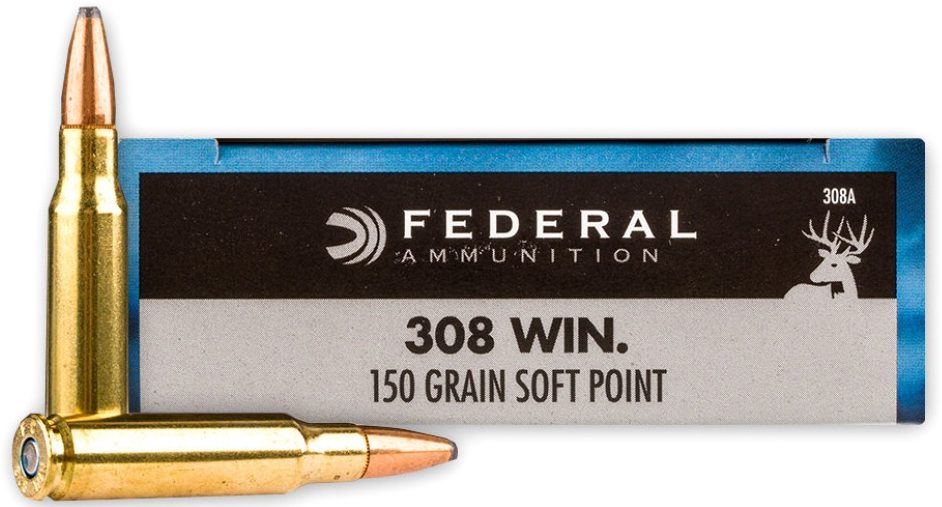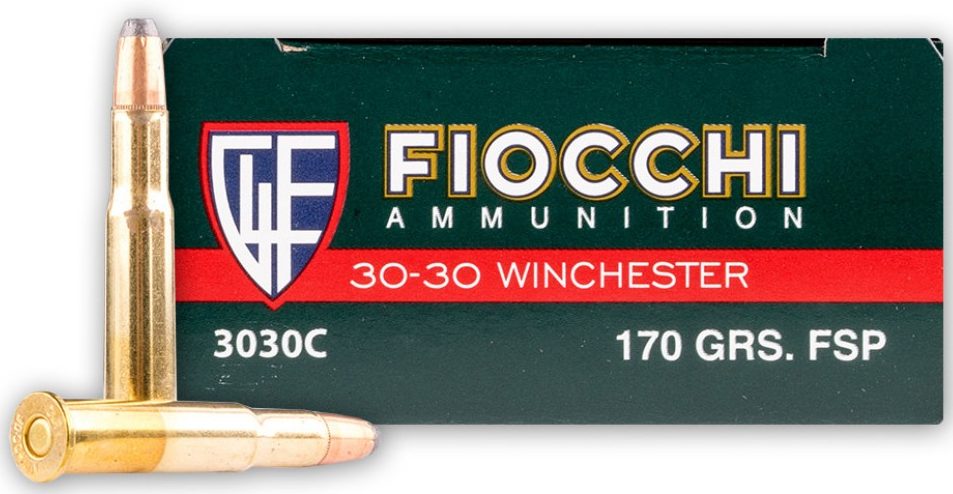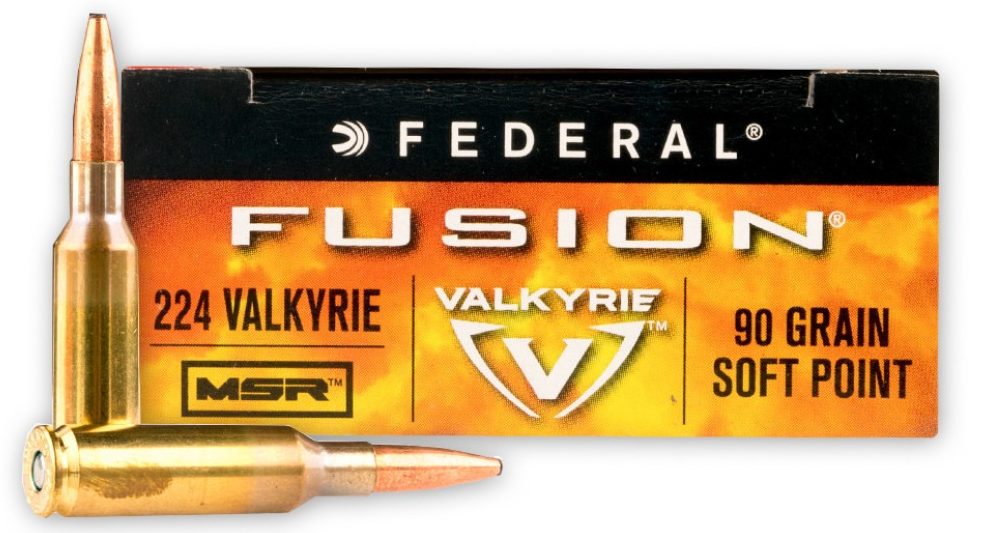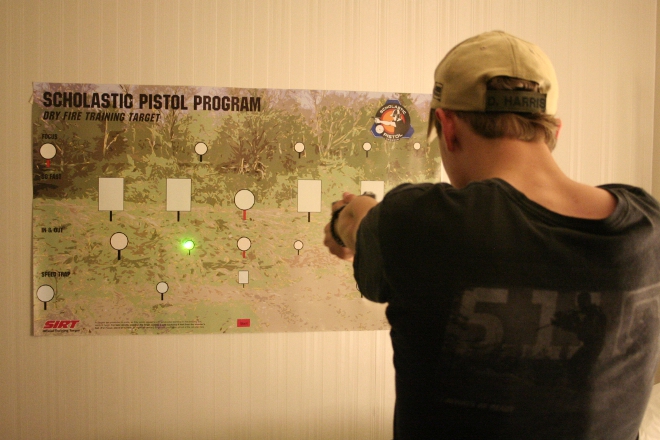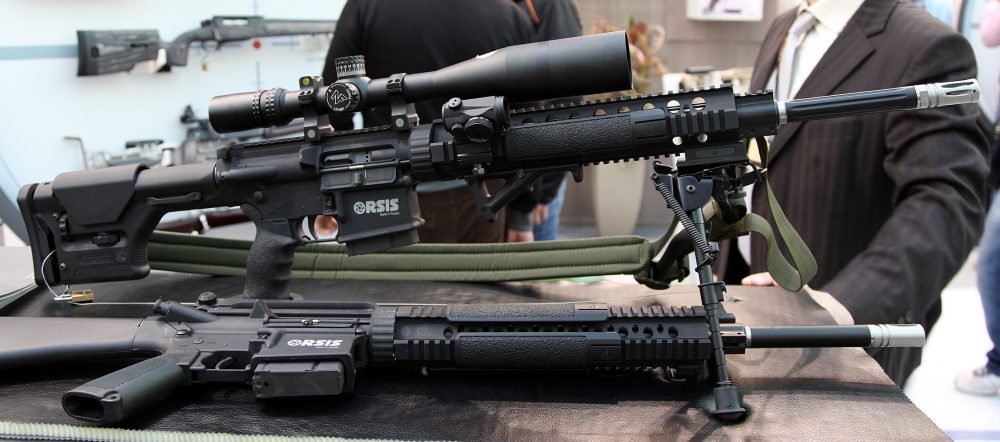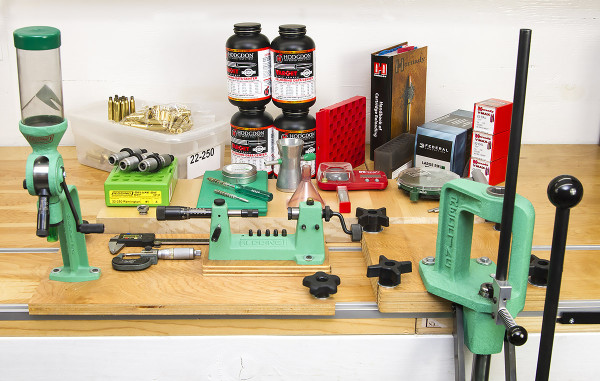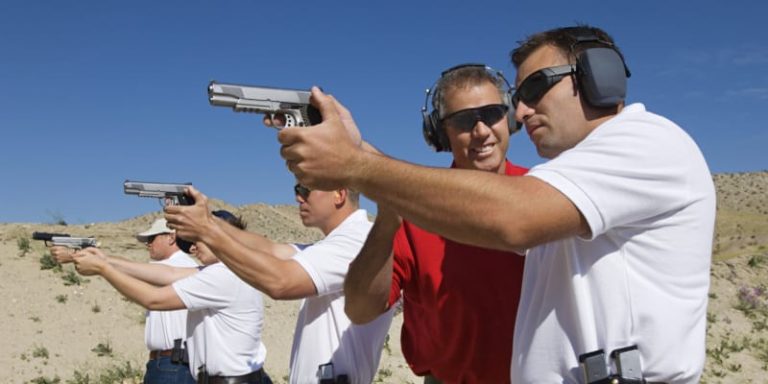With whitetail deer season either started, or about to start for most of the country, it’s safe to say that many of you are thinking about what you’ll need to bring home that buck, and put meat on the table.
If you’re like one of the ten million or so Americans heading out after whitetail this year, you’ve probably already been working on that perfect hunting load, checking and double checking all your gear, and maybe doing a little hiking to get in shape for those long walks to the stand.
You have been preparing, right?
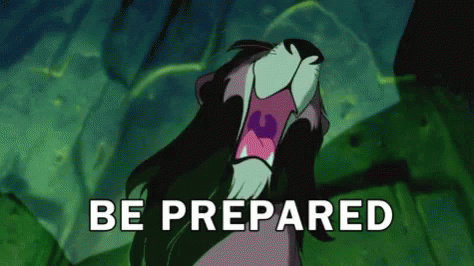
Well if you haven’t and you want a good idea of what you should be doing, even if you’re just getting started hunting whitetail, you’re in the right place. The goal of this article lays out the basics going after whitetail, what gear you’ll need, what kind of firearms you should be bringing, and some basic hunting tips.
This should be a great jumping off point for new hunters, or a good refresher for experienced hunters who may want a quick gear list to make sure they have everything, or to just look at the benefits of other gear and different hunting calibers to use.
We believe in a well-rounded toolbox for all shooting disciplines, and hunting especially so. To be a successful hunter, to cleanly and ethically harvest a living creature, is a difficult thing, and should be approached with careful respect and preparation.
With the information that follows, you should be able to do that and should have no problem bringing home the bacon venison this hunting season.
Whitetail Hunting Basics
Whitetail deer are the most commonly hunted “big game” animal in the world (though technically they’re usually considered medium game). There are between thirty and thirty-five million deer in the United States, and they are also found as far north as the Arctic Circle in Canada, and as far south as Peru.
You can find whitetail deer in every single one of the states in the Continental US, and in a variety of environments, from the dense pine forests of the South East to the rugged mountains and high elevations of the Pacific North West.
Basically anywhere you find stretches of woodlands, you’ll find whitetail deer. As we humans expand into the wild places of the country, you can even find them in suburban backyards, and in rare cases, urban areas.
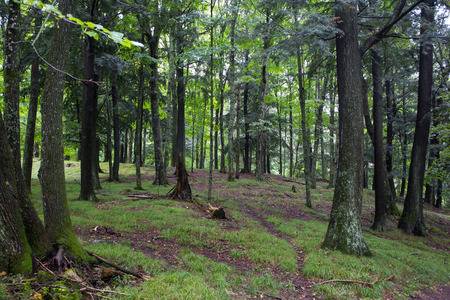
Because of this wide variance in habitat, where you’re hunting will often have as much to do with what you bring as what you’re hunting. Are you stalking through a floodplain, tracking that monster buck through saw palmettos and swampy river bottoms?
Are you sitting in a blind surveying hundreds of yards of mostly open plains in every direction? Are you tucked up in a stand watching a food plot barely 50 yards across? It all depends on where you’re at, but make no mistake, unless you’re in Hawaii, you can probably find whitetail to hunt somewhere nearby.
Of course, knowing where to hunt is only have the battle. You also have to have a very good picture of what you’re hunting.
Whitetail deer are actually the smallest deer species in North America, with the average female (called a doe) weighing in at around 100lbs, and the average male (buck) weighing around 150lbs.
They are one of the least challengings of the big game animals to hunt, as they do not have a particularly robust bone structure or thick fur to stop or turn a bullet. With bear, hogs, bighorn sheep, and other large game there are horns, thick shoulder muscles and bones, and other things to worry about.
With proper shot placement, most centerfire rifle cartridges will do just fine against a whitetail, certainly anything in the .30 cal range. We recommend avoiding .223/5.56 unless you’re a very experienced hunter, and of course make sure you check all your local laws to find out exactly what the minimum required cartridge is for the game you’re after.
What Calibers Should You Hunt Whitetail With?
While you certainly can, in the technical sense, hunt whitetail with a .22, it’s illegal and not exactly ethical as a clean kill, even with a headshot, isn’t guaranteed. 5.56/.223 is better but still not great, and also not legal everywhere.
So what should you be hunting whitetail with? Well, there’s quite a lot of options, actually.
.30-06 Springfield
The venerable .30-06 is quite possibly the most well-regarded all-around hunting cartridge in the world.
Originally developed as a military cartridge, the .30-06 is capable of harvesting any game animal on the planet, though you may want something that starts with a “4” for large bears, and dangerous African game.
There are a number of .30-06 loads that are perfect for whitetail, from Hornady’s myriad offerings to the “good ole boy” favorite, Remington Core-Lokts, but any expanding hollowpoint will do.
Grain of bullet is something I’d say you should match to your rifle, as the 150-180gr offerings for .30-06 are all perfect for whitetail. Shoot what your gun likes, or what your wallet likes. Put the bullet where it needs to go, and it won’t matter to the deer.
.308 Winchester
Another military cartridge that sees widespread use by civilian shooters is the .308 Winchester, also known as 7.62x51mm NATO (unlike .223 and 5.56 the two are interchangeable).
.308 WIN is almost certainly in the top three most popular rifle rounds on the planet and is probably second only to 5.56×45 NATO/.223 and 9mm Luger in the centerfire world.
This popularity is due partly to the fact that its a standard military round fielded by Western forces all around the globe, and partly because it’s a damn good round.
The United States Marine Corps believes the .308 has an effective range of 800 yards, and we tend to agree. However, ethical hunting requires shooting from a reasonable distance based on your skill as a shooter. Generally, we never even consider a shot outside of 300-400 yards.
It’s also cheap, plentiful, and available just about everywhere on the planet. Nearly every ammo manufacturer offers a .308 loading, most of them offer several, and there are more hunting loads out there than you will reasonably be able to try in a single season, and you can be there will be more by next season.
Best of all, recoil is very light in the .308, even with a bolt-action gun that transfers all the recoil impulse to the shoulder. Unlike the fairly stout recoil of the .30-06, the .308 is something that all but the most recoil sensitive of shooters can handle quite comfortably.
If you’re looking for a general purpose cartridge that you can practice with cheaply, but still count on to do the job, the .308 is a great choice.
.30-30 Winchester
The cartridge of our grandparents, the .30-30 is probably responsible for more whitetail harvests than any other. For decades, this was the cartridge for whitetail, and while it may have been eclipsed by other offerings on the market, it will still bring down even the biggest buck if you do your part.
One thing to keep in mind: .30-30 rifles are often old-school lever guns, which are light and typically fairly short to allow for stalk-hunting through heavy brush or over rough terrain, and these guns have tubular magazines…meaning the rounds are stacked on top of each other.
In this configuration, it’s important to use flat or round nose bullets to avoid potentially setting off a round in the magazine. You can also use the polymer-tipped Spitzer bullets from Hornady and others that are specifically designed for use in a lever gun without the risk of setting off a round early.
.300 AAC Blackout
While .223 isn’t really the best caliber for whitetail, AR-15 owners aren’t left out in the cold. The .300 Blackout, originally designed for use in suppressed platforms, has found a following with deer and hog hunters, particularly those who want something larger than the .223, but without giving up the customizability and capacity of the AR-15 platform.
.300 Blackout is good to around 300 yards before it starts losing too much power, making it ideal for hunts in thick brush, or in relatively close quarters, and its popularity means you can find it in most sporting goods stores.
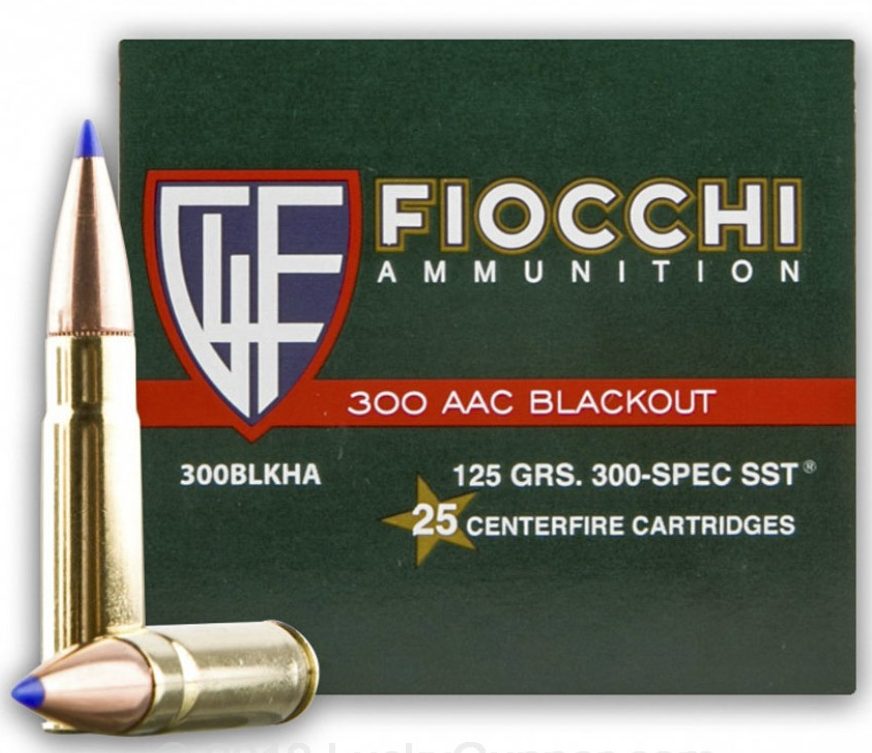
Fiocchi 300 AAC Blackout 125gr SST
Pros
- Great penitration
- Designed for self-defense, also useful in hunting
Cons
- Runs out of stock often
Best of all, all you need to do to get your AR-15 ready for .300 Blackout is swap the barrel and bolt or just swap the whole upper out for another complete upper in the new caliber. You don’t even need to buy new magazines, although you may want to in order to ensure proper feeding.
.224 Valkyrie
If you’ve got an itch to bring down a deer at longer ranges, but still want to use the AR-15 platform, the .224 Valkyrie is where you should look. Like the .300BLK, you just need to swap a few parts to change your rifle over, but what you get is a round that stays supersonic well past 1000 yards.
If you can make the shot, the .224 will put the animal down at just about any conceivable range, and with the incredibly soft recoil, a follow-up shot, if necessary, should be easy. The .224 Valk is one of the most popular long-range cartridges around right now, despite its relative newness, and with Federal bringing more loads to market all the time for their new caliber, you can almost definitely find something that will work.
We recommend the 90gr Fusion MSR load from Federal, or maybe roll your own if you hand load.
Other Hunting Gear
First of all, it’s important to note that you must tailor your hunting gear for your environment. What’s the weather like? What’s it going to be like the entire time you’re outdoors? What about a few hours after you’re supposed to be back?
Are you hunting through the low scrublands of the Midwest? The lodgepole pine forests of the Rockies? The swamps and hardwood forests of the South East? That will tell you what kind of camo you need to be wearing.
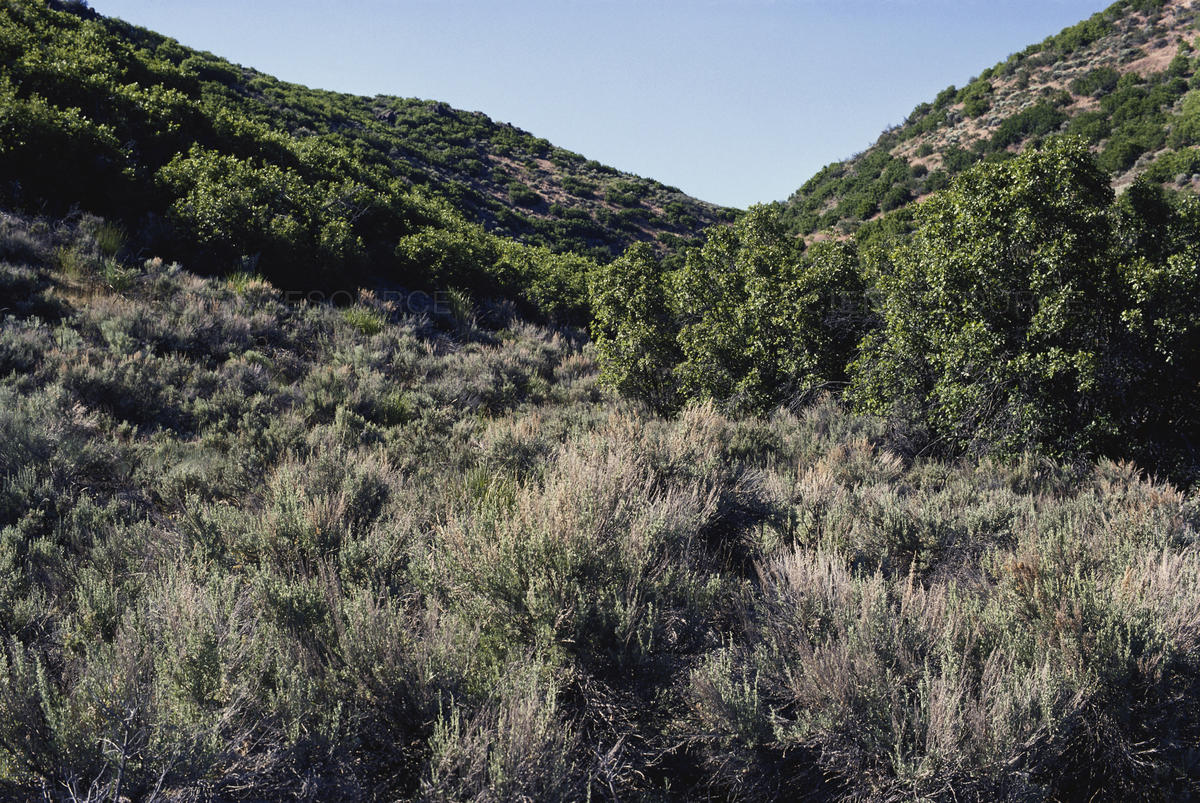
What time of year is it? What’s the temperature? What’s the likelihood of rain? All that must be considered…and that’s just to pick your clothing.
Next, there’s the type of hunting you’re doing. Are you sitting in a stand in a field, two hundred yards from your truck? Or are you doing a backwoods hunt where you’ll be hiking in and packing out a kill? Are you going to be out for a few hours, or a few days?
For me, I like to be a little overprepared. I will have a water filter, matches, lighter, space blanket, water bottle, protein bars, and other basic survival necessities on me even if I’m only going to be out for the afternoon. You may feel differently, but I’d caution you to always be ready for an unplanned night in the woods when hunting.
Backcountry hunting is a little different. You’re basically preparing for a backpacking trip or a day hike on top of getting yourself geared up for a hunt. Make sure you have enough, food and water for at least an extra day over what you’re planning on being out, and make sure you have the gear to make a shelter and a fire to keep you warm and out of the elements.
For hunting gear, a headlamp and binoculars are essential, and you may want a rangefinder as well. Calls and lures will be up to you and your experience level. Backcountry hunters will also need meat bags and field dressing knives to pack out the meat from a successful kill.
Finally, a map, compass, and the knowledge to use both should be in any hunters kit. Even if you’ll only be a few minutes walk from your vehicle, you never know when tracking an animal, or simply getting turned around can lead you far from familiar ground.
Whitetail Hunting Tips
Be Prepared
Admittedly, we’re stealing this one from the boy scouts, but that doesn’t make it any less applicable.
Knowing your terrain, knowing your quarry, knowing the local laws and regulations, and having the appropriate gear and equipment are all vital to a successful hunt.
Be Patient
Patience is incredibly important to all hunters, but particularly whitetail hunters.
They may look stupid standing in your yard or next to the highway late at night, but whitetail are surprisingly perceptive, and they have a strong prey instinct, meaning that if something looks, sounds, or smells off, they’re likely to literally turn tail and run.
If you’re fidgeting, moving around too much, or otherwise making noise, they’ll probably be aware of you long before you’re aware of them and take off.
Be Present
This should go without saying, but it bears pointing out anyway: if you aren’t there, you can’t shoot the deer.
It sounds silly, but the more time you’re out in the field, the better your odds are of bringing home something at the end of the day. Get out early, as early as you can, pack a lunch, and stay till sunset.
If you’re near an active game trail, food plot, or water source, you have a much better chance of seeing a deer, particularly if you’re maximizing your time in the area.
Be Perceptive
It may be tempting to whip your phone out every once in a while, send a text or play a game, check the score of the game, whatever. Don’t. Or at least minimize this.
You may also get up in the stand a bit early and decide to nap for a bit. Don’t do that either. Staying alert and perceptive will help you spot a deer in plenty of time to make a shot.
There’s nothing worse than looking up from your phone, or from the ground, and seeing the little flash of white that is a deer bounding away through the forest, tail up, unaware, unafraid, and totally safe from you and your rifle.
You’ll also want to scan your area frequently with your binoculars. You’d be surprised how often what looks like a bush in the distance turns out to be the animal you came looking for.
And use your other senses too! Particularly your ears. Learn what the various calls and noises of a whitetail sound like, and be especially vigilant for the crisp snap of a breaking stick or branch, or the crunch of leaves underfoot.
Especially if you’re in bear country.
Have Fun
Hunting is a serious business, and you should treat your firearm or bow, your environment, the law, and the animal you’re hunting with the proper respect.
That said, hunting is an awful lot of fun. It’s challenging, but also deeply rewarding. And when it comes to whitetail, you have a fairly low barrier to entry, and ample opportunity almost anywhere in the country, so there’s no reason not to get friends and family out in the woods with you.
Final Thoughts
Whitetail season is one of the most popular times of the year for hunters, and it’s easy to see why. With the right rifle and equipment, and the competent shooter can go after that trophy buck, or just put meat in the freezer with ease.
Hopefully, this guide has either helped you learn more about hunting whitetail, or helped give veteran hunters a new perspective on this great sport.
Got any more questions about whitetail hunting? Want to share a tip, or mention something we didn’t cover? Drop us a line in the comments below and let’s talk about it!


